Alopecia or hair loss can be partial or full. Hair in dogs is quite a common problem noticed in canine breeds. It can happen due to various causes like allergies, endocrine disorders, and also sometimes due to infections. It is significant to find out the root cause of hair fall if it is extensive before the condition becomes irreparable.
Dogs, irrespective of breed and age can be afflicted by this disorder. However, it is not related to a particular breed. As a dog owner, it is natural to be worried about your pet’s health. But, it is your responsibility to look out for the well-being of the pet.
Understanding the Causes of Dog Hair Loss
As mentioned above, there can be various causes of hair loss among dogs. Before starting any home remedy, know the root cause of hair loss. Some of the common symptoms from which you can diagnose hair loss include patches on the skin without hair, overall thinning of hair, foul odor, itchiness, dry and scaly skin, inflammation in the hair loss area, and bleeding or moisture oozing from the position of hair loss.
Vets can ask the owner to take the pet for biopsy, blood profiling, luminescence, allergy testing, and skin scraping to understand the primary cause of hair loss in dogs.
Allergy is the most common reason for hair loss in dogs, according to the vets. Sometimes, hair loss occurs due to hypothyroidism or autoimmune disorders. There is a syndrome called canine pattern baldness in which dogs lose hair on the temples, around the neck and front of the throat.
It is an untreatable condition, and dogs usually do not feel any discomfort. Other than this, it can happen due to bacterial and fungal infections in which case, a doctor’s guidance is required. Sometimes, it happens due to trauma, and at other times, it can also occur due to seasonal changes that are benign.
Parasitic or flea infection is also quite common in dogs. In such a condition, they develop inflamed skin and bald patches.
Home Remedies for Hair Loss in Dogs
First, it is vital to find out the reason behind hair loss in a dog. It is always good to consult a veterinarian. Sometimes, home remedies are enough to treat the problem, but at other times, it could be something more serious, thus demanding medical intervention.
Hence, start home remedies only when you know the problem in detail. Once you identify the issue, you can begin the treatment by providing a healthy and rich diet.
A healthy coat is not only a feature of looking pretty. It also helps maintain proper hydration and immune systems in dogs. Thus, a diet rich in omega-3- 3 fatty acids, proteins, vitamins, and minerals is pivotal in maintaining a healthy coat.
Giving your dog a mix of healthy food and treats can provide the proper nutritional intake required to maintain a healthy, shiny coat. Here is a list to check out:
- Chicken, fish, and lamb for protein
- Fish oil for Omega-3 fatty acids
- Eggs, liver, and sweet potatoes for biotin
- Almonds and sunflower oil for vitamin E
- Dry raw dog food
- Treats like freeze-dried giant prawns, chicken hearts, beef goulash, and beef liver are good options that help them gain a proper healthy coat.
Regular Grooming
Regular grooming of your dog will not only leave it smelling nice and looking good but also prevent several health issues like hair loss. Outsourcing the task to professionals can be expensive so try grooming your pet at home by dedicating some time regularly.
With patience, practice, and plenty of praise, it becomes easier for both the owner and the pet. Here is a list of tools you will require to groom your dog regularly:
- Nail clippers
- Toothbrush and toothpaste (specifically for dogs)
- Dermal grinder
- Rubber-bristled brush
- Steel comb or de-shedding tool
- Wire slicker
- Styptic pencil (accidental bleeding)
- Cotton balls or reusable soft cloth
- Dog shampoo
- Hair dryer
- Microfiber towel
- Blunt-edged shears or small clippers with guide combos
The frequency of brushing or bathing your dog will depend on the type of coat your dog has. For the ones with double coats, brushing and de-shedding with an undercoat rake or tool should be done once a week.
For the ones with long, curly, or silky coats, a daily brush with a rubber-bristled brush/wire slicker followed by a steel comb is necessary to prevent mats, debris, and tangles from settling on the hair.
For the ones with a wiry or smooth coat, brushing with a rubber-bristled brush to distribute skin oil through the fur once a week is effective.
The dogs with long hair also require bathing and haircut every four weeks to remain healthy and the ones with short hair also benefit from bathing once a month. Use the small clippers with guide combs to trim the long hair on your dog’s body.
Coconut Oil Massage
Coconut oil is a fantastic natural home remedy to treat hair loss. It contains lauric acid and fat, which gets quickly absorbed into the scalp nourishing the hair.
It also helps by preventing protein loss in the hair thus causing less damage to the cuticle which protects the outer layer of hair. It also helps in retaining the moisture in hair and protects from environmental damage like exposure to UV rays.
Other benefits of using coconut oil on hair include the prevention of mites and lice, the prevention of dandruff and split ends, and also prevention of hair loss.
Coconut oil is beneficial to your dog’s skin and hair. It prevents the skin from flaking and also helps in growing a fuller and thicker coat. Take a small amount of coconut oil on your palms and gently rub it on the coat.
Run your fingers through the fur and massage it gently to get the best results. It will leave the coat shinier and healthier. According to dermatologists, cold-pressed virgin coconut oil is the best variety to use as its nutritional value is retained while preparing it.
This form is more beneficial for the hair and skin of living beings. Massaging your pet dog with virgin coconut oil will prevent hair loss in them.
Aloe Vera Application
Aloe Vera is an herbaceous and perennial plant belonging to the Liliaceae family containing medicinal properties. It is a popular choice when it comes to soothe skin and treat skin-related issues.
It has been known for its anti-bacterial, anti-viral, antiseptic, anti-inflammatory, and wound healing properties. It provides amazing benefits in retaining the moisture of the skin and preventing flakiness of the skin and ulcers.
It can also treat wounds and lesions caused due to burns, trauma, or surgery. Aloe vera gel or pulp can be used not only on human skin but also on animals like dogs for healing.
Hot spots in dogs can be cured through the application of aloe vera. Hot spots are created by excessive itching, tangled or mated fur, flea infection, allergy, or scratching. These areas can also have hair loss along with redness and inflammation.
You can apply pure aloe vera gel on these spots after cleaning the area with a wet soft washcloth. Repeat the process every day twice until the spots heal. It is an effective way to prevent hair loss in dogs. You can also give your dog a shampoo bath once a week with a shampoo infused with aloe vera.
Apply the gel only after the area has dried up. Be aware of your dog not licking the aloe vera applied area because it is not safe for them to ingest. However, if it happens by accident, take it to the vet.
The best form of aloe vera is the pure form. It is the pulp extracted from the plant directly. However, you can also use gels found in the market with 100% aloe vera pulp. It contains all the minerals, amino acids, and enzymes aiding skin rejuvenation.
Herbal Rinse
Herbal rinse is good to alleviate skin problems if you know which herb to use and how to use it. Some of the most popular herbs used to heal skin problems are:
- Chamomile Lavender
- Thyme
- Peppermint
- Calendula
- Rosemary
- Comfrey
- Echinacea
- Yellow Sweet Clover
Among these, Calendula and Chamomile are popular for use on dog skin. For example, if there is a wound on your dog’s skin and subsequent hair loss in the area, cool water with calendula infusion is highly recommended.
A handmade pet shampoo bar infused with calendula is also available in the market, which can be used to relieve skin conditions in dogs.
Calendula has astringent and anti-bacterial properties combined to provide relief from skin infection and irritation. Pet shampoo bars infused with chamomile and lavender are also available in the market to use.
Prepare a bathtub for your dog with chamomile tea bags soaked in it. Remove them after some time and take your dog to bathe in that water. It will soothe the inflamed and irritated skin.
Also, you can prepare a mix of water and chamomile herb and spray it on the irritated area of your dog’s skin twice daily. Chamomile has anti-bacterial properties that not only soothe the skin but also curb the growth of bacteria, providing relief to the pet. However, all these home remedies must be cross-checked by your vet before use.
Home remedies are effective when incidents of hair loss happen once or twice a year. But if it occurs repeatedly, you must visit the vet to know about the underlying condition.
He will run diagnostics before recommending anything. Do not sit on the problem and delay the visit because it might be a severe health condition in the guide of skin eruptions that needs medical attention.
Except for pattern baldness, every other cause must be checked by the vet before you start any remedy at home. Your pets deserve every bit of your attention to remain healthy. They are loving, and you should love them back and keep them safe and healthy.

 DogExpress
DogExpress

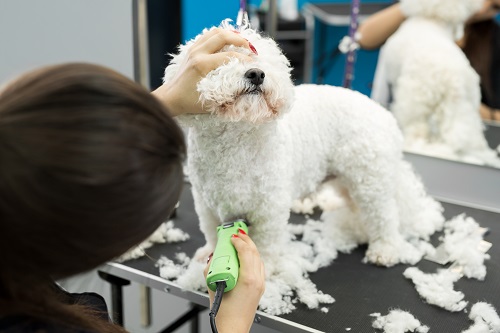
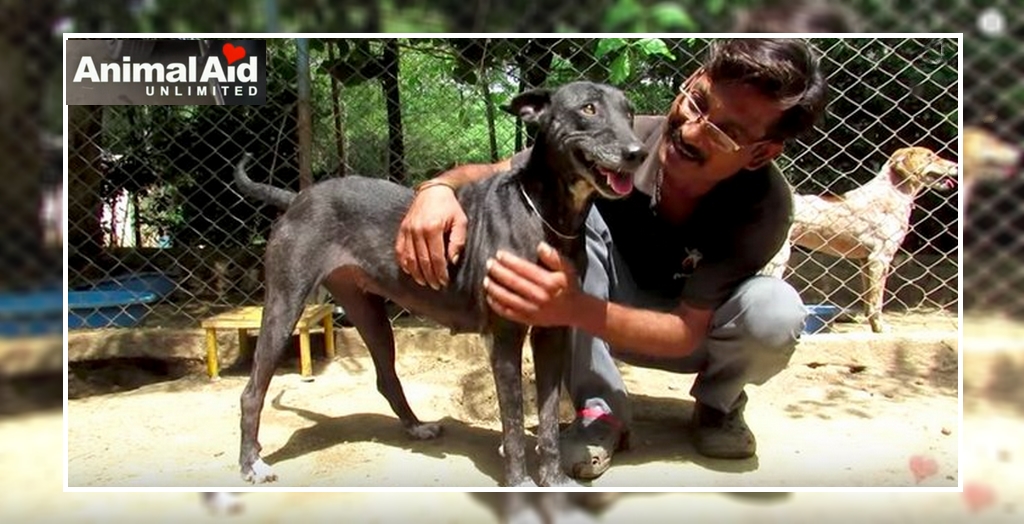
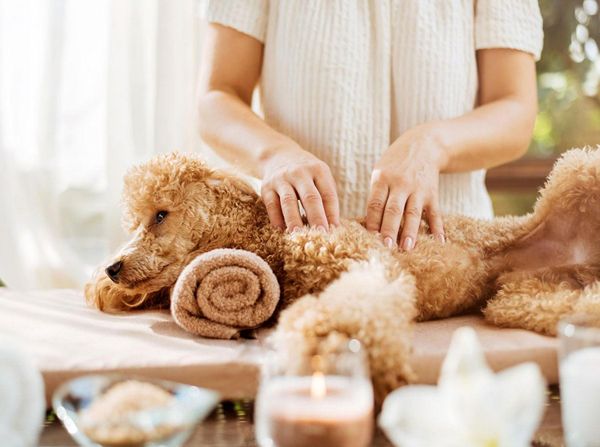
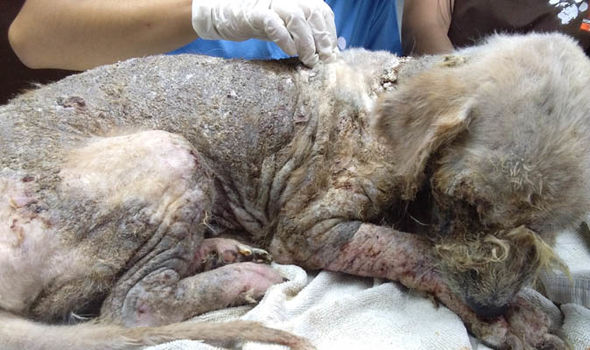

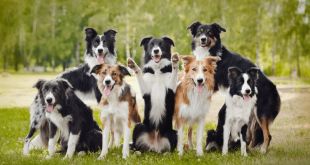

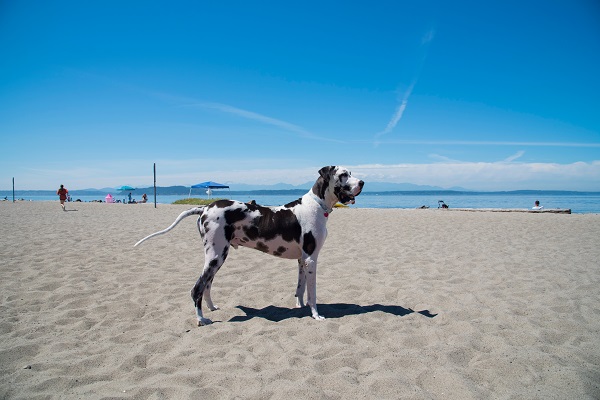












 in Chandigarh, India.
in Chandigarh, India. 
